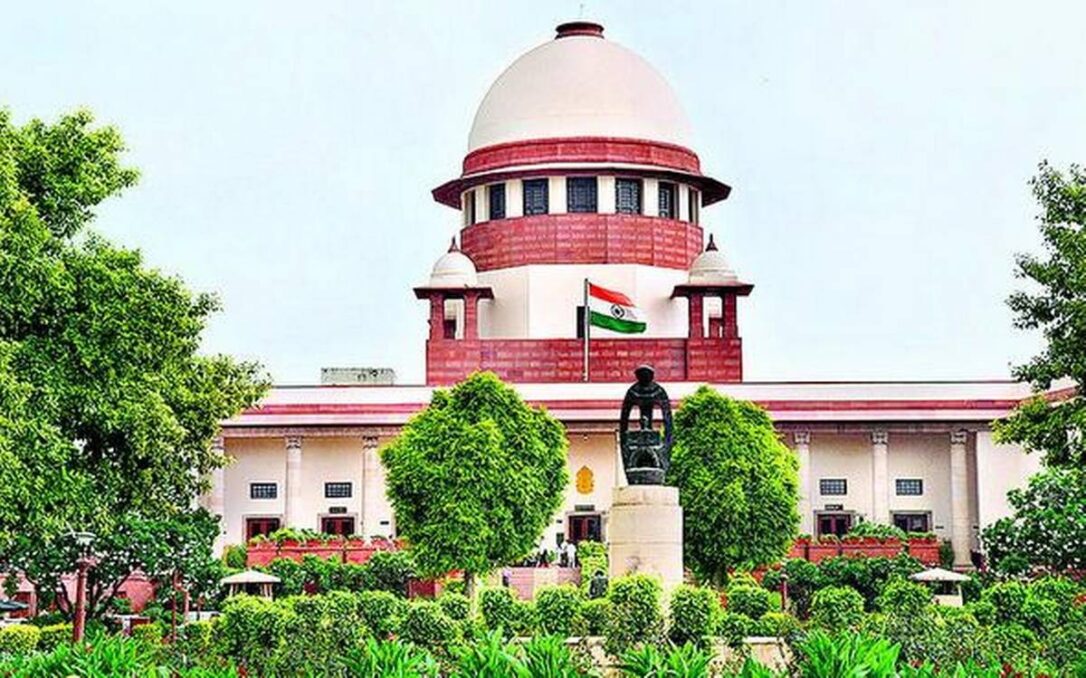In a significant development, the Calcutta High Court has recently issued a circular delineating comprehensive guidelines for law enforcement agencies and criminal courts concerning the arrest of individuals, particularly in cases related to cruelty to wives under Section 498A of the Indian Penal Code (IPC) or the Dowry Act.
High Court: Rethinking Automatic Arrests
The circular, released on August 23, carries a pivotal directive from the High Court, urging the State police to exercise discretion when dealing with cases falling under Section 498A. Rather than resorting to automatic arrests upon registration of a complaint, law enforcement is instructed to thoroughly assess the necessity for arrest in accordance with the criteria enshrined in Section 41 of the Criminal Procedure Code (CrPC).
Origins in Supreme Court’s Order

This significant pronouncement by the Calcutta High Court follows a landmark directive issued by the Supreme Court on July 31. In this directive, the Supreme Court mandated that all High Courts across India establish these directions as official notifications and guidelines to be adhered to by sessions courts and other criminal courts. The apex court acknowledged the widespread misuse of Section 498A and additionally urged the Directors General of Police in all states to ensure strict adherence to these guidelines.
A Detailed Checklist for Police Officers
The High Court notification necessitates that all police officers receive a checklist containing specific sub-clauses derived from Section 41(1)(b)(ii). These sub-clauses outline the intricate procedure to be followed before executing an arrest. The police officer must meticulously complete the checklist and provide substantial reasoning and evidence that substantiate the requirement for apprehension when presenting the accused before the Magistrate for further judicial proceedings.
Magistrate’s Role and Timelines
Upon the submission of the police officer’s report, the Magistrate assumes a critical role. The Magistrate is entrusted with the task of examining the report in depth and granting authorization for detention solely upon being fully satisfied with the justification provided. Furthermore, the decision to abstain from arresting an accused must be communicated to the Magistrate within a fortnight from the initiation of the case, along with a duplicate copy for their records. The Superintendent of Police retains the authority to extend this timeline, provided written reasons are duly recorded.
Stringent Adherence to Notice of Appearance
In cases necessitating the delivery of a notice of appearance, as specified under Section 41A of the CrPC, the directive stipulates that such notice must be served upon the accused within a span of two weeks from the date of the case’s inception. The Superintendent of Police is empowered to extend this timeframe, albeit with the requirement of formally documenting the reasons for the extension.
Consequences of Non-Compliance
The circular underscores the significance of adhering to these directives, emphasizing that any deviation may result in disciplinary measures against the concerned police officers and the possibility of contempt of court charges. The latter can be pursued within the territorial jurisdiction of the Calcutta High Court. Similar ramifications are proposed for Magistrates who sanction detention without providing explicit reasons.
A Broad Spectrum of Applicability
The circular underscores the significance of adhering to these directives, emphasizing that any deviation may result in disciplinary measures against the concerned police officers and the possibility of contempt of court charges. The latter can be pursued within the territorial jurisdiction of the Calcutta High Court. Similar ramifications are proposed for Magistrates who sanction detention without providing explicit reasons. These measures highlight the High Court’s commitment to maintaining accountability and due process in the execution of arrests.













